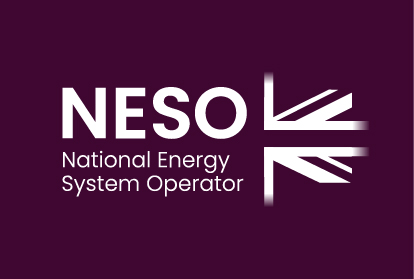Monitoring, assessment, decision support and action takes place continuously in the control room and good situational awareness is essential for these activities. The way information is presented tends to encourage reactive behaviour from control room operations as opposed to proactive system management.
This project will involve a review of the NESO’s current control room methods to evaluate for visualisation alternatives. From this there will be a recommendation of guidelines and designs which will have the potential to optimise both visual comprehension and decision-making in the control room.
Control room engineers will evaluate the visualisations to test against current practices and determine whether the alternatives would increase situational awareness and decision-making.
Benefits
There are several expected benefits, which include:
- Significant improvement in speed and accuracy of situational awareness and decision-making in the control room, leading to a reduction in human errors due to consistency in approach.
- Facilitation of pro-active decision-making and action, optimising system security and reducing operating costs.
- Long-term potential to reduce training costs by having a clearer interface.
- Quantitative evaluation of control room decision scenarios by using standard accuracy and time-to-completion measures and recording of qualitative feedback
Learnings
Outcomes
Two project reports have been delivered, which are available on request for GB licensed energy networks. Due to ongoing invention and research within the project the TRL level is currently unchanged (TRL2: Invention and research).
Lessons Learnt
At this early stage no lessons learnt have been identified yet.
Interim project outcomes:
- A shared understanding of relevant control room case studies and a description of the visualisation context.
- Review of relevant perceptual and cognitive elements of the human visual system and how this might relate to visualisation design in the context of the control room.
- Review of power system visualisation approaches in the academic literature.
- Five guidelines relating to visual acuity of control room operators with normal or corrected-to-normal vision.
- A justification for the use of VR in evaluating visualisation alternatives for the control room, as well as an overview of key components for the construction of the virtual control room.
- Outline experiment design to evaluate visualisation alternatives for the task of detecting, perceiving and interpreting system visual alerts.
- A proposed extensible glyph design for visualisation of substation state and possible visual alerts.
The two reports delivered to date (WP1 and WP2) are available for GB licensed energy networks to access upon request.
Review of benefits case:
The intended benefits of the project are a significant improvement in speed and accuracy of situational awareness and decision-making within the control room and the facilitation of pro-active decision-making. The research is also expected to have long-term potential in the reduction of training costs by having a clearer interface.
The guidelines delivered to date can inform the design of future control room visuals, with alternative visualisation designs already proposed by the project. These alternative visualisations will be empirically validated through experimental work during future stages of the project, and it is our intention to provide quantitative empirical evidence of these benefits.
The adoption of virtual reality technology for evaluating visualisation alternatives in the control room provides another pathway to the reduction of training costs since it may be viable for NESO to utilise the virtual control room during training scenarios.
Next steps:
The project is continuing according to its original workplan, providing reports and visualisation guidelines on each of the topics shown in table 1 below.
The project is also continuing in the development of a virtual control room for evaluating visualisation alternatives, with an experiment planned on the detection, perception and interpretation of visual alerts on the videowall display, as described above. We hope to undertake our first experiments during Autumn 2025.
Primary Topic Area Due Date
WP1 Control room methods and case study development Complete
WP2 Visual Activity Complete
WP3 Visual Salience 30/05/2025
WP4 Colour 29/08/2025
WP5 Annotations and contextual information including 28/11/2025
faults, missing data and uncertainty
WP6 Decision making with visual alternatives 27/02/2026
WP7 Screen-size effects 29/05/2026
WP8 Advanced factors, such as peripheral vision 28/08/2026
and dual-target costs




